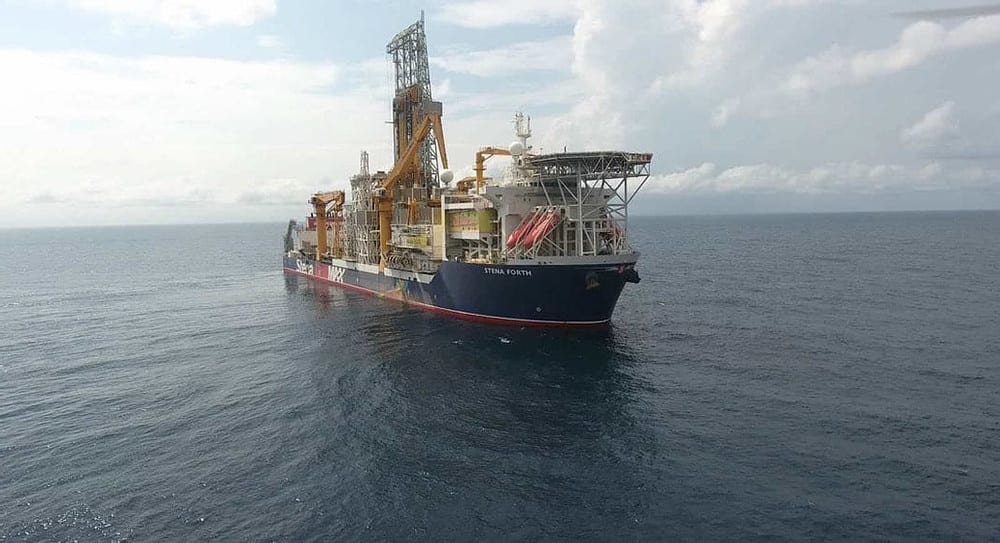Consultancy group Rystad Energy estimates that the five offshore discoveries made so far in Suriname hold cumulative recoverable resources of around 1.9 billion barrels of oil equivalent and anticipates production to come on stream by the end of decade, surpassing the half million barrels per day (bpd) mark.
“Suriname took a giant leap last year with a series of game-changing discoveries, including four on Total and APA’s [Apache] Block 58 and one on Petronas-operated Block 52,” Rystad Energy said.
Eric Vosburgh, Vice President Exploration/Global Geoscience at APA Suriname said earlier this month that work is ongoing on the first two appraisal wells and the partners are appraising the first four discoveries at Block 58.
“We have made a number of discoveries in different formations, different fluid types, so we’re at the very beginning and as soon as results are available, they’ll be announced in proper time, but we are moving into appraisal,” Vosburgh said.
Rystad Energy said these assets, when developed, could boost Suriname’s economic fortunes and generate outstanding revenue for the government.
“We expect the net present value of projects on Suriname’s 11 active blocks to be significant, with a potential to generate substantial cash flows for both state player Staatsolie and international oil companies even in a low oil price environment,” Rystad Energy stated.
Production sharing contracts (PSCs) allow Staatsolie to exercise participation rights of up to 20% when field development plans are approved, and the company has already indicated interest to farm in to Block 58. The country’s five discoveries so far are in the early stages of exploration. Short-term exploration/appraisal operations will help identify the play concept and pool limits as well as estimate the actual resource potential and decipher commerciality. When commerciality is established, a one-year period will be triggered in which Staatsolie will have to conclude its participation procedure.
“Rystad Energy expects production from Blocks 58 and 52 to commence by the end of this decade and grow to about 650,000 barrels per day by early 2030. Provided Staatsolie exercises its right to farm in to Block 58, for instance, it would cost initially between $1.5 to $2 billion and its partaking in future development phases could double, with capex peaking in the years 2028 and 2031,” the Norway-based consultancy group said.
The company plans to conduct an international roadshow to promote a financing project for its own participation. Financing options include bank loans, private financing, and an initial public offering, which Staatsolie aims to pursue by developing close partnerships in South America, the Middle East and Asia.



